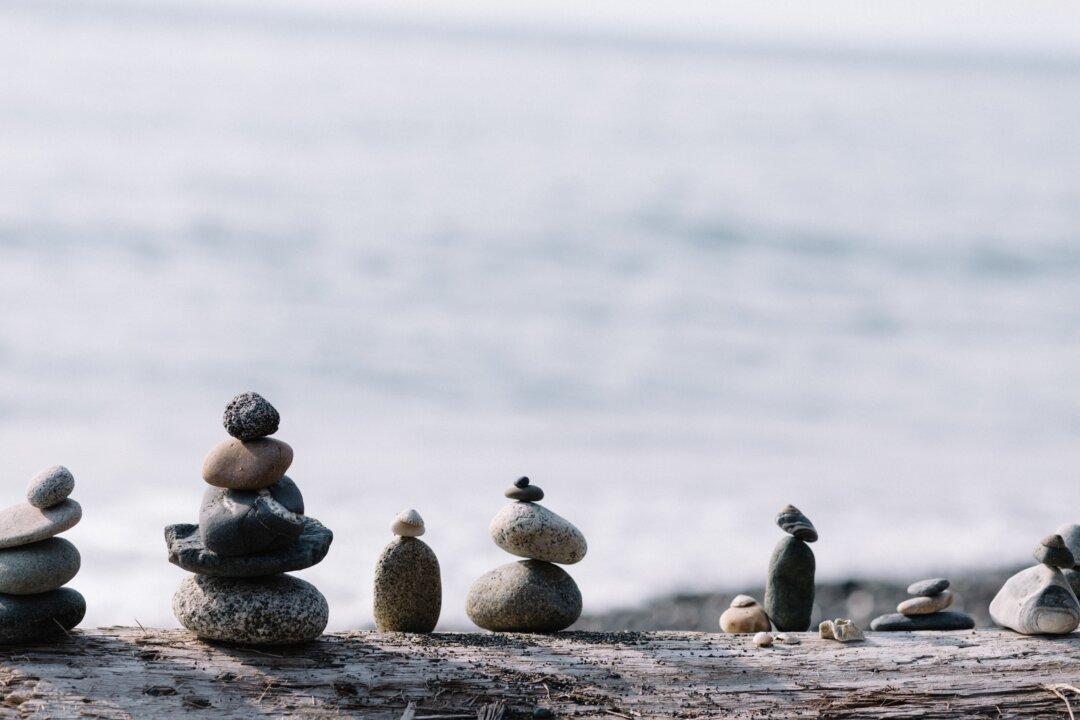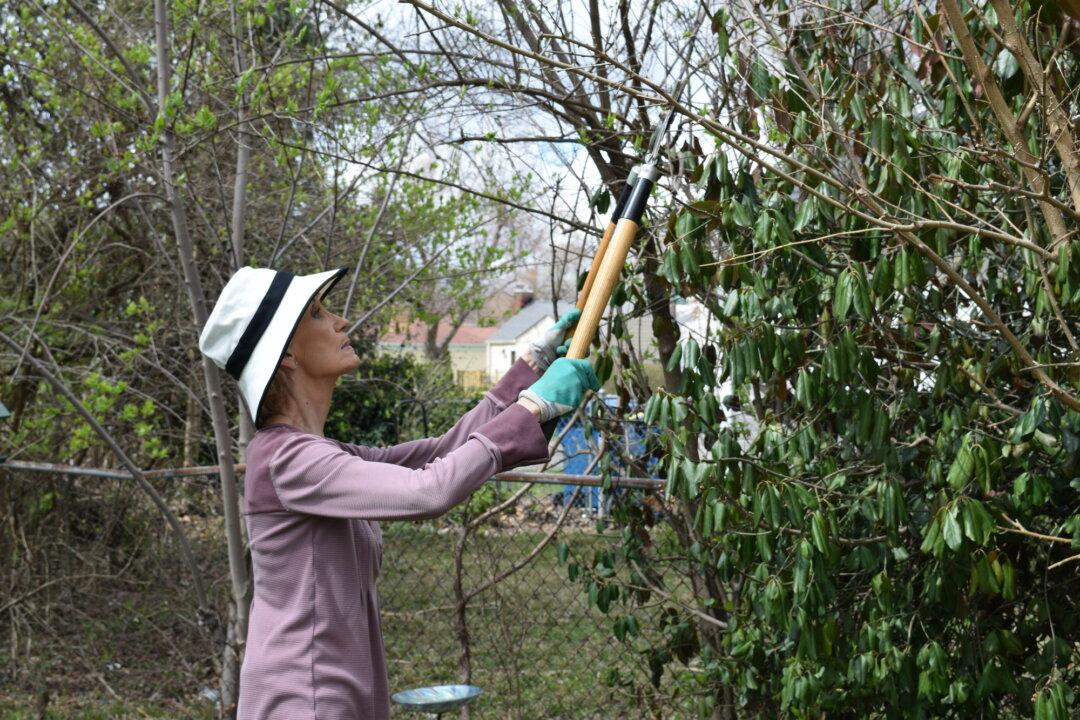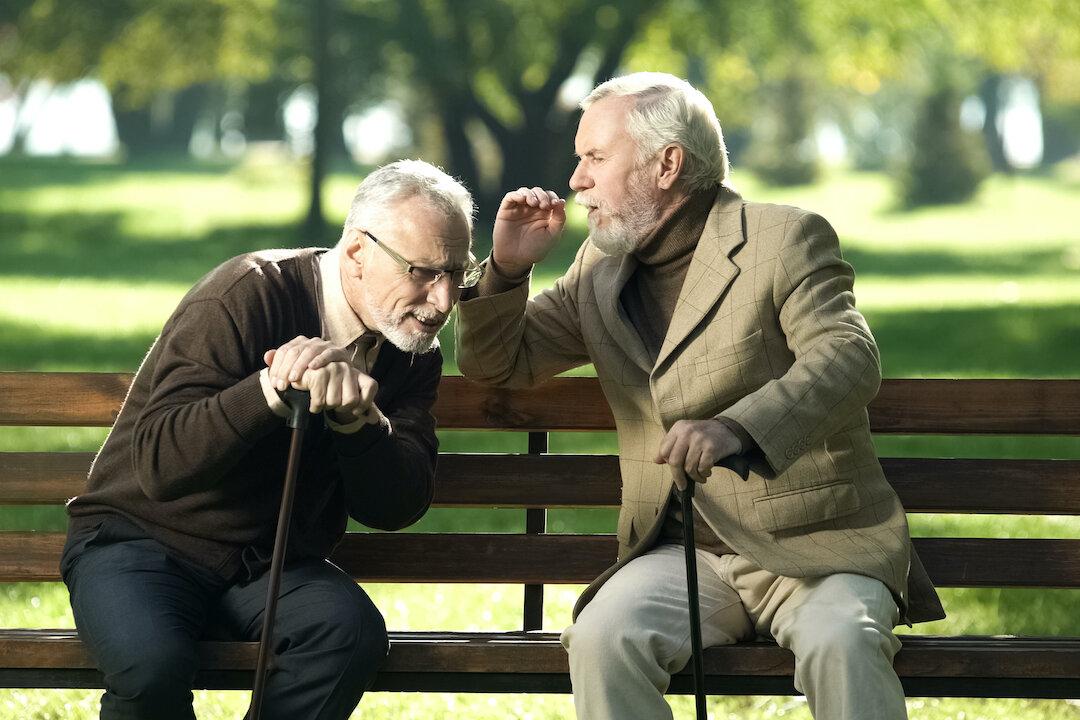Amid school, career, marriage, and kids, we’re prone to forget about how spending time in nature completes us as human beings. So busy with life’s pressures and pleasures, we often forget the simple, natural things that will restore us and bring us real joy and peace.
When furloughed from my job in March 2020, I began to look around and wonder how I could use my creative energy to beautify my surroundings. Outside, I saw much that needed improvement, and I noticed rocks randomly strewn all over the yard. It looked as if someone had left my childhood rock collection discarded in disarray.






